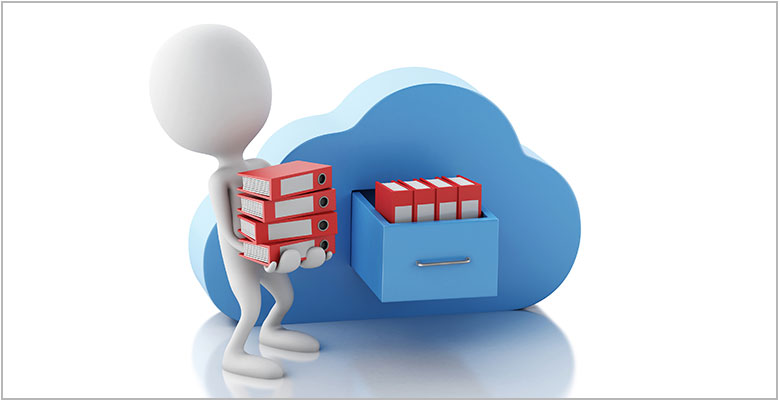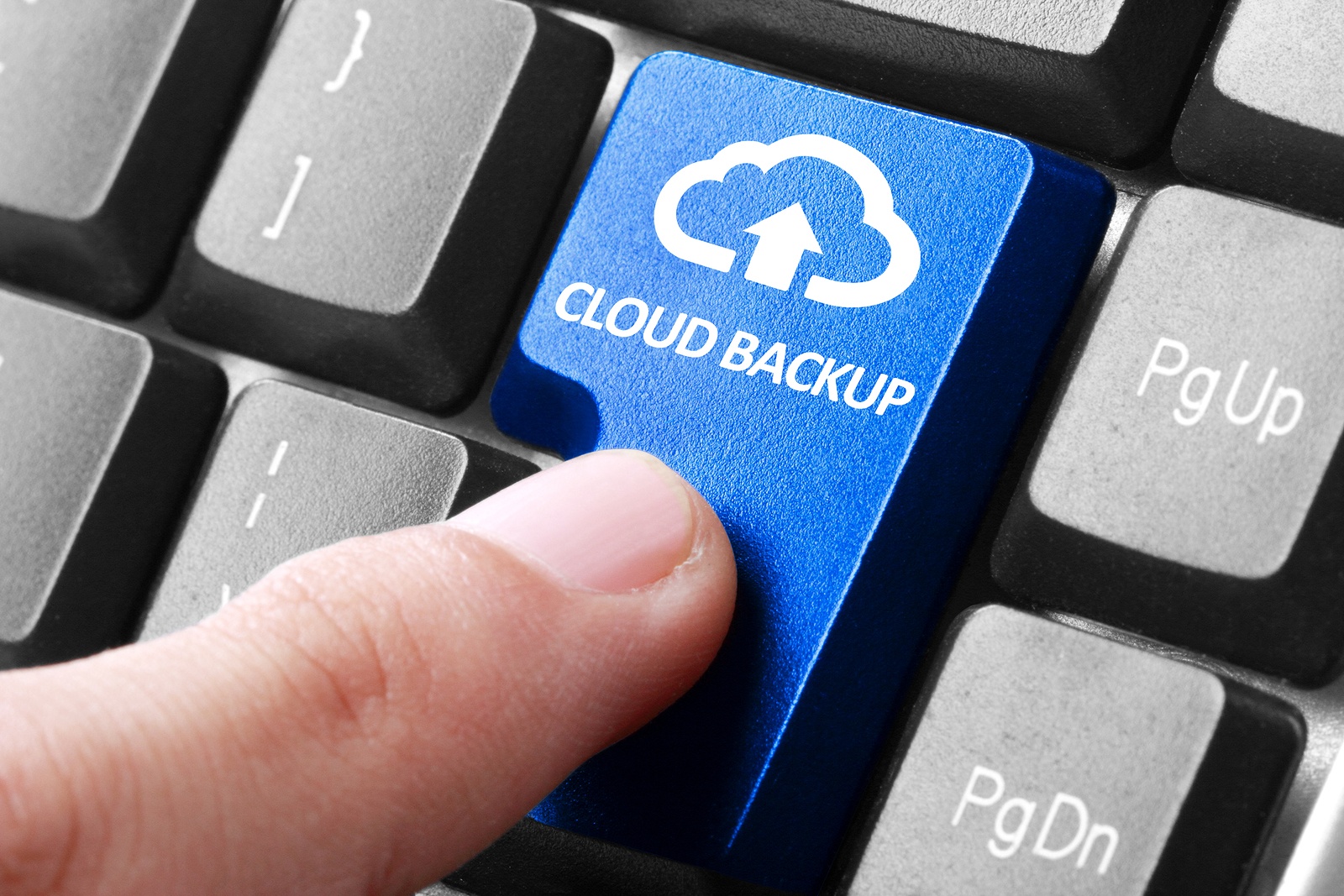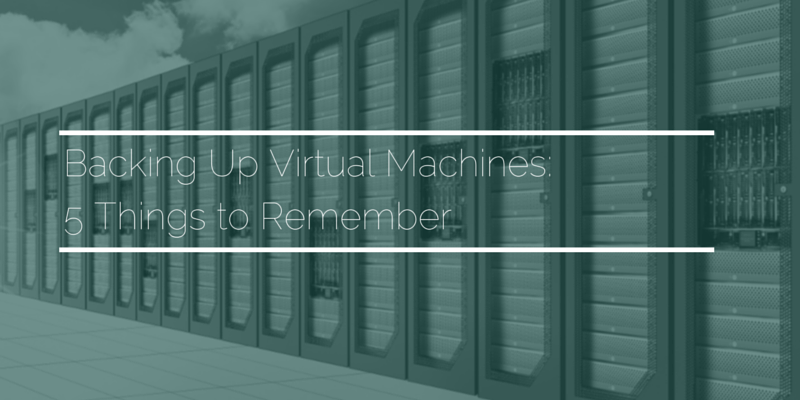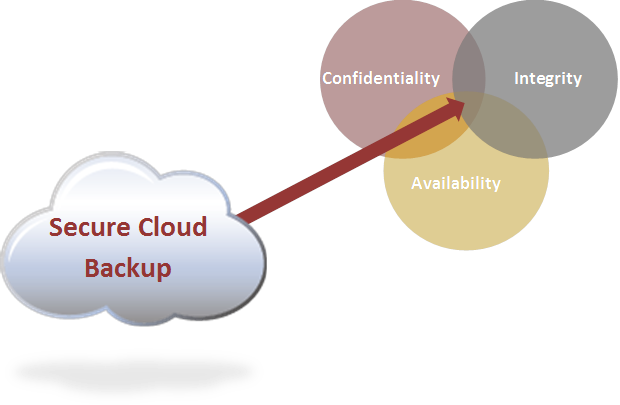As businesses continue to look to the cloud to improve efficiency, reduce costs and meet the need for agility, data protection has been a workload worth strong consideration. As an alternative to tape, the cloud provides the potential for “cheap and deep” storage targets for data that needs longer-term retention, but not necessarily the recovery performance of local storage. However, those who have migrated backup to the cloud have been unpleasantly surprised by high cloud storage costs and suboptimal performance. The culprit: lack of deduplication.
Read MoreLacking confidence in your disaster recovery (DR) strategy is not a situation any CIO wants to be in, particularly in the Financial Services sector. In this Q&A interview Daymark consultant, Matt Trottier, shares his experience of helping a financial services client re-architect their DR strategy to ensure failover if a real disaster were to occur.
Read MorePlanning a move to Office 365? You’re not alone. Given the compelling benefits of the cloud, many of our customers are planning for, or are in the process of, migrating from on-premises Exchange to Office 365.
Read MoreMore and more, the cloud is becoming a backup destination. Done right, using the cloud as a storage tier gives enterprises reliable and scalable data protection that unlocks agility, provides visibility and control over backups, and drives down costs.
Enterprise Cloud Data Protection
As we see our clients evaluating workloads to move to the cloud, backup is frequently on their list. In fact, ESG Research surveyed how organizations are leveraging cloud and found that data protection efforts (specifically backup, archiving, and disaster recovery) sit at the top of the cloud use-case list right now.
Read MoreI chuckled to myself as I drove to work this morning. An ad came on the radio talking in clichés. “Synergy!” “Run it up the flag pole.” “Better safe than sorry.” And that was enough to send me into action and write this blog post.
The clichés and metaphors surrounding the cloud are seemingly endless. You read about “The cloud journey.” “The cloudy IT forecast,” and on and on. It’s no secret that many organizations are looking for ways to take advantage of the benefits of the cloud. Moving to the cloud can reduce capital expenditures, eliminate over provisioning, lighten employee workloads, free IT staff to work on strategic initiatives, and help businesses become more agile.
Read MoreVirtualization Changed Everything
While we may all be familiar with virtualization at this point, we are still feeling its significant impact on our data centers. What was once sprawling racks of servers has been consolidated into ever-smaller hardware packages. With the advent of cloud computing, your hardware footprint could in fact be zero! However, despite the technology making our lives so much easier, it’s important to consider that our responsibility for these workloads remains the same.
By Matthew Brady, Daymark Consultant
How easily can you restore your data from cloud? What is your provider doing to protect your data once it has been stored in the cloud? Can you backup or restore your data at any time? These questions address availability.
By Matthew Brady, Daymark Consultant
How do you know the data you backed up is the data that can be restored? That question is at the heart of integrity as it relates to secure cloud backup.
Ensuring integrity can be a tough task. It definitely requires a leap of faith as you put your data into the cloud. The way to transform that leap of faith into a sense of assurance is through logging, restore validations, and continuous corruption detection and repair processes.
Detailed Logging
By Matthew Brady, Daymark Consultant
Ensuring data confidentiality means that only authorized users have access to the data. Simply put, eyes that should not be viewing the data can’t see it.
On physical media, this can mean several things: ensuring no physical access to the media, password authentication for disk drives, or encrypting media. However, cloud backup introduces a major paradigm shift. There are no doors to lock. Do passwords mean anything when your data is being transmitted over the Internet?
By Matthew Brady, Daymark Consultant
With so many pieces of modern business moving to the cloud, sometimes it’s hard to know where to start. Backup has quickly found its way to the top of the list of processes, and perhaps headaches, that are driving companies to the cloud. The advantages are vast. Data is backed up offsite. Backups are managed and monitored which frees up IT staff to focus on other tasks. And backup services can be coupled with DR services. It makes sense.
Subscribe to the Daymark Blog
Latest Posts
Browse by Tag
- Cloud (68)
- Security (42)
- Microsoft (38)
- Azure (35)
- Partners (32)
- Data Protection (29)
- Data Center (26)
- Backup (24)
- Daymark News (23)
- Compliance (20)
- Data Governance (18)
- Veritas (18)
- Virtualization (18)
- Storage (17)
- CMMC (13)
- Cloud Backup (13)
- Cybersecurity (13)
- Disaster Recovery (13)
- Managed Services (13)
- Government Cloud (10)
- Featured Gov (9)
- Industry Expertise (9)
- GCC High (7)
- Networking (6)
- AI (5)
- Hybrid Cloud (5)
- NIST SP 800-171 (3)
- Reporting (3)
- Copilot for Microsoft 365 (2)
- GDPR (2)
- Services (2)
- Cloud Security (1)
- Mobile (1)
- Reporting-as-a-Service (1)










